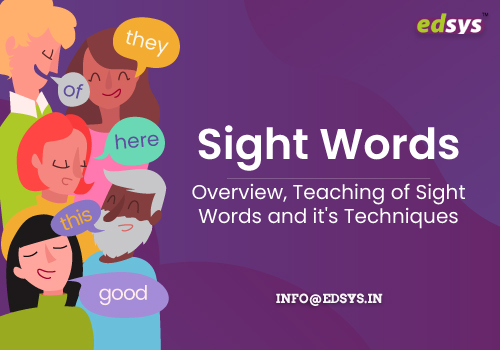‘Sight words’ is a term associated with reading. It normally refers to a set of words that appear repeatedly on a page in books while reading.
Sight words form the basics of reading lessons for children. The child is taught to recognize these words quickly and accurately. This will help the child to attain fluency in reading. Only when reading is fluent can the child understand and comprehend the written matter.
SIGHT WORD LISTS – AN OVERVIEW
The Dolch word list and the Fry word list are the most popular sight words list.
Dr. Edward Dolch has 200 sight words used in teaching students from Kindergarten to third grade.
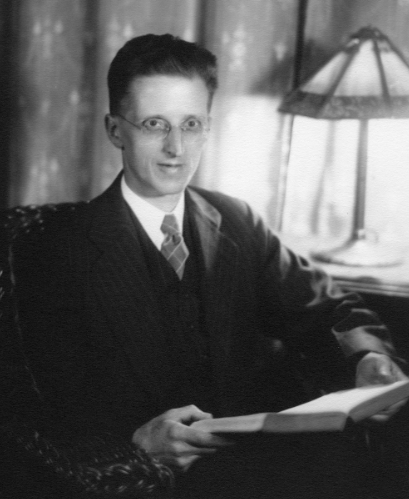
He prepared this list by studying words that frequently occurred in children’s books during the 1930s and 1940s.
Dr. Edward Fry developed a word list based on words that frequently appeared in reading matter used from Grades 3 to 9 in the 1950s.
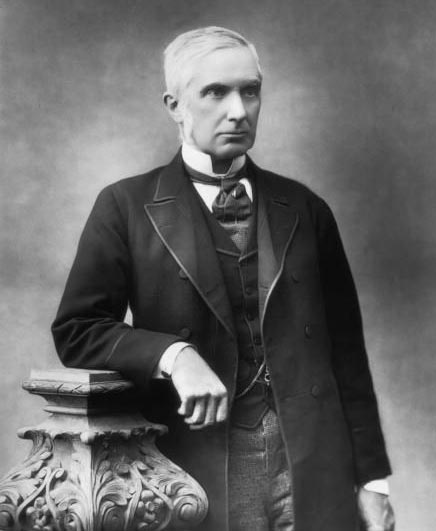
This list contains the most widely used 1000 words in English. The list includes words found in current books, textbooks, and newspapers.
Though there are almost 1000 sight words in the English language, the most commonly used is around 100 of them.
Words like I, we, on, all, who, the, he, was, does, me, be, there, am, then, at, an, so, are examples of sight words.
TEACHING OF SIGHT WORDS
Basic understanding of sight words:
It should be understood that the sight words cannot be taught through phonics. They cannot be sounded. In phonics, the child is taught to decode each word and read. Decoding of sight words will not make sense.
The sight words cannot be associated with illustrations and hence pictorial flashcards cannot be used.
Flashcards with the words written on them can be used. Readers are expected to recognize the words by looking at them.
Teaching sight words focus on the reading words that occur frequently without having to decode each and every word.
Hence it is critical that the instructors spend time to teach the children the right usage and pronunciation of these words.
When:
The language skills of children develop between the ages of three and five. This is not a written rule and hence these words can be taught as and when the child is found to be receptive.
Literacy experts suggest that a child in Kindergarten should be introduced to 20 sight words. The child should have mastered 100 sight words by the end of First Grade.
The sight words have to be stated several times to a child till he gets to read, say and use it right. The students are taught to memorize these words by sight as these words do not comply with any spelling or grammar rules.
They have to recognize these words instantly while reading. In short, the readers need to learn to by heart these words. This way reading becomes simpler and comprehension easier.
Methods:
Sight words can be taught in different ways.
-The most common method is to see and say. The child sees the word on a card and says the word while underlining the word with his finger.
-Spell reading is another technique used. The child says the word, spells the word and reads the word once again.
Also Read: Why is it important For Teachers to Study Philosophy Of Education?
– Air writing or skywriting is another method used where the child says the word and writes the letters in front of the word in the air.
-Table writing is a method where the child writes the letters on a table, first looking and then from memory.
-Arm tapping is yet another way where the child says the word and then spells out the letters tapping on his arm.
– Creating a song the lyrics of which resemble a familiar nursery rhyme or tune. The words are replaced with spellings of sight words.
– Creating a story on how the letters of these words look and how they are connected. Children build associations quicker by listening to stories.
The frequency of lessons and the child’s attention span determine whether all techniques are to be used. Ideally, the use of all these techniques, are recommended in the teaching of sight words.
The repetitive seeing, hearing, speaking, spelling, singing and writing of the words will ensure long term memorization.
How:
A child can be taught three to five new words in a day. These words can be reviewed before the start of the next day’s lessons.
If the child is able to recognize the words he can be taught another set of three to five words.
The pace can be slowed down if it is found that the child does not remember the first set of words.
It is said that the child has to recognize the word in about three seconds.
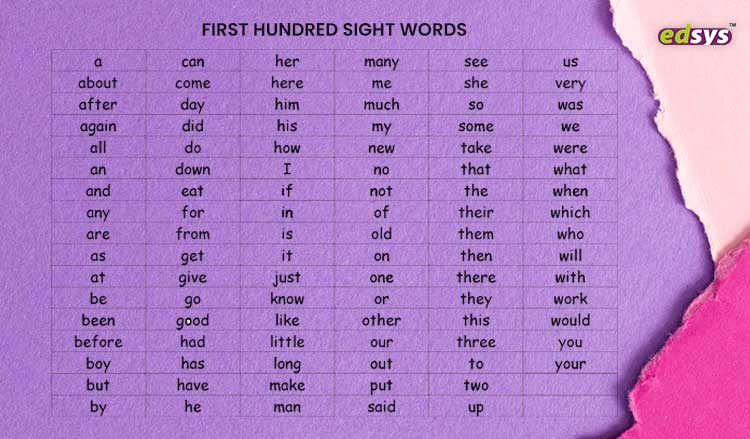
This is not a universal norm that needs to be followed. The pace of learning is dependent on factors like the age of the child, memory skills, and varies from child to child.
The words can be taught through simple games where they get a turn to read the words.
The teacher observes the child for correct reading. When they go wrong, the teacher takes the turn to read correctly without offending the children.
Word walls are found to be very effective in the teaching of sight words.
The teacher and children together prepare colorful charts with the words displayed on them. It acts as an interactive, ongoing platform for the different words taught and used frequently.
Books with repetitive matter and word search books help the child to identify the sight words being taught. Children get excited when they come across words they have learned.
Follow up of the techniques:
It is imperative that the teacher or instructor know to what extent the children have understood the lessons that have been taught.
Manipulative techniques like mixing up the letters and getting the children to rearrange them correctly help the teacher to understand their level of grasping. Magnetic alphabets or letter tiles can be used.
The children can be asked to identify sight words in print on the page of a book. They have to point out the specific word surrounded by other words, spaces, and punctuation marks. Kindergarten children may be rewarded each time they find the word.
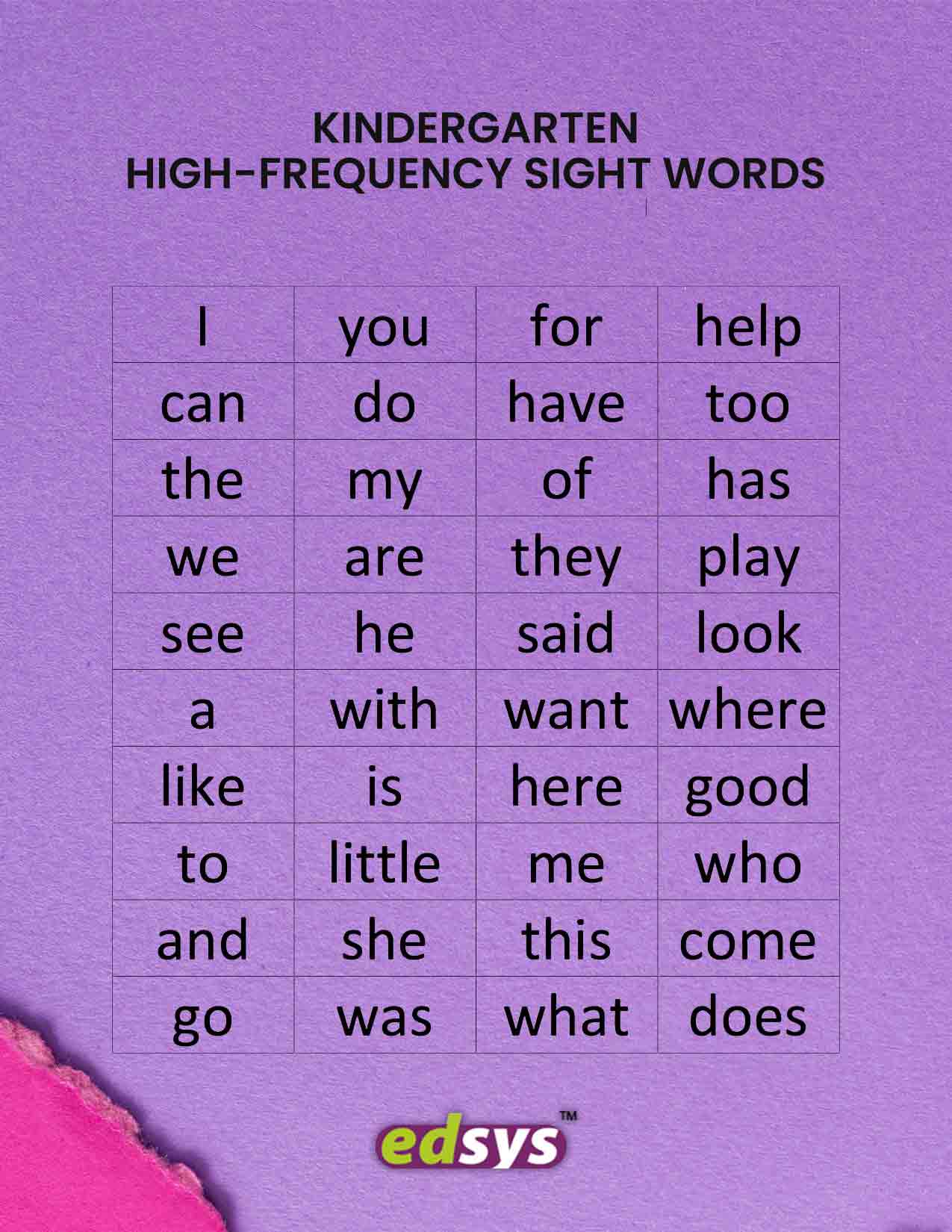
Alternatively, the children could be asked to perform an activity each time the teacher came across the sight word in small group reading sessions.
Play-acting can be done with children forming the letters with their bodies.
These activities will reinforce the child’s knowledge too. Learning to read is not easy.
Identifying sight words increases the child’s confidence to read. Fluency in reading is the key to the understanding of the reading matter.
Each word matters in language and literature. Words help us to read, write, think and talk.
Words help to communicate. Hence it is essential to provide children with the right basic education. Sight words have to be memorized as there is no other way to master them.
The initiative and creativity of the teachers go a long way in the teaching of sight words. Their dedication and motivation are paramount to the success of the child’s learning.
